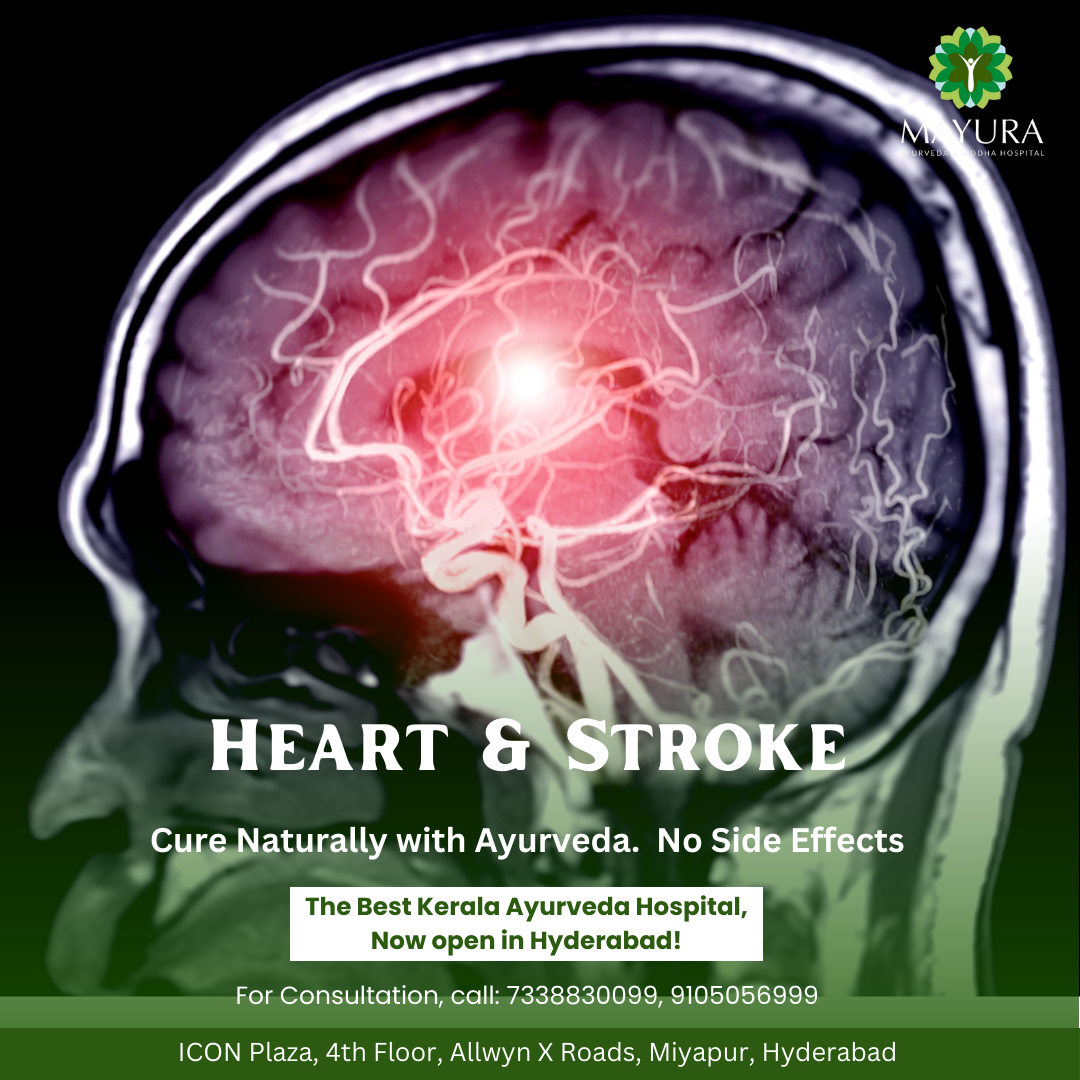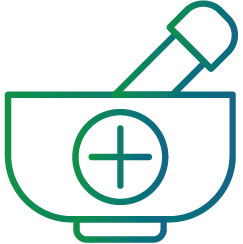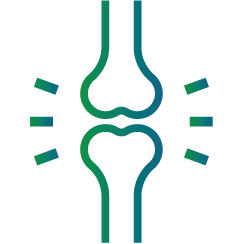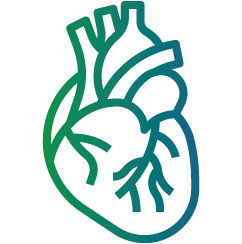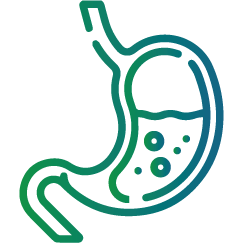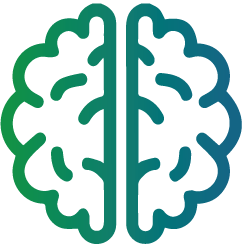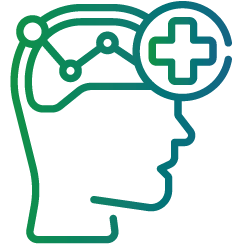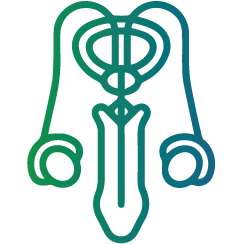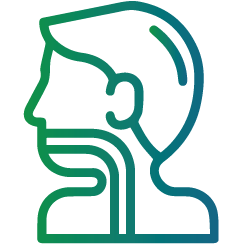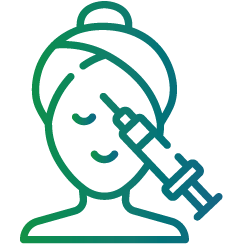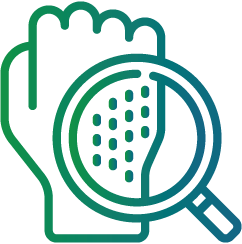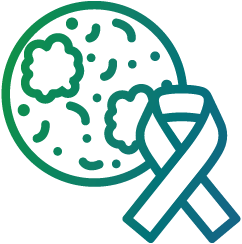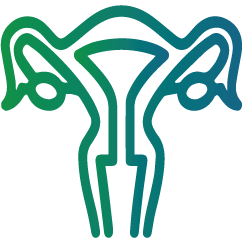Heart disease and stroke are leading causes of mortality worldwide, underscoring the critical importance of proactive management and timely intervention. In this blog, we delve into the intricacies of heart and stroke management, emphasizing the vital role of symptom recognition and effective treatment strategies in preserving cardiovascular health and preventing life-threatening complications.
Understanding Heart and Stroke: Heart disease encompasses various conditions affecting the heart, including coronary artery disease, arrhythmias, and heart failure, while stroke refers to the disruption of blood flow to the brain, leading to neurological deficits. Both conditions require prompt intervention to minimize damage and improve outcomes.
Recognizing Symptoms: Recognizing the warning signs of heart attack and stroke is paramount for early intervention and optimal outcomes. Symptoms of a heart attack may include chest pain or discomfort, shortness of breath, nausea, and lightheadedness, while signs of stroke often manifest as sudden numbness or weakness in the face, arm, or leg, difficulty speaking or understanding speech, and severe headache.
Treatment Strategies: Timely treatment is crucial in mitigating the impact of heart attack and stroke. In the case of a heart attack, emergency medical intervention may include aspirin administration, thrombolytic therapy, or percutaneous coronary intervention (PCI) to restore blood flow to the heart. For stroke, interventions such as clot-dissolving medications (thrombolytics) or mechanical thrombectomy may be employed to restore blood flow to the brain and minimize neurological damage.
Proactive Measures for Cardiovascular Health: Beyond acute intervention, adopting proactive measures is essential for long-term cardiovascular health. Lifestyle modifications, including a heart-healthy diet, regular exercise, smoking cessation, and stress management, play a pivotal role in reducing the risk of heart disease and stroke. Additionally, routine health screenings, blood pressure monitoring, and cholesterol management are critical in identifying risk factors and implementing preventive measures.
Conclusion: The critical importance of heart and stroke management cannot be overstated, emphasizing the need for proactive measures, symptom recognition, and timely intervention. By empowering individuals with knowledge about warning signs, treatment options, and preventive strategies, we can collectively work towards reducing the burden of cardiovascular disease and improving outcomes for millions worldwide.

